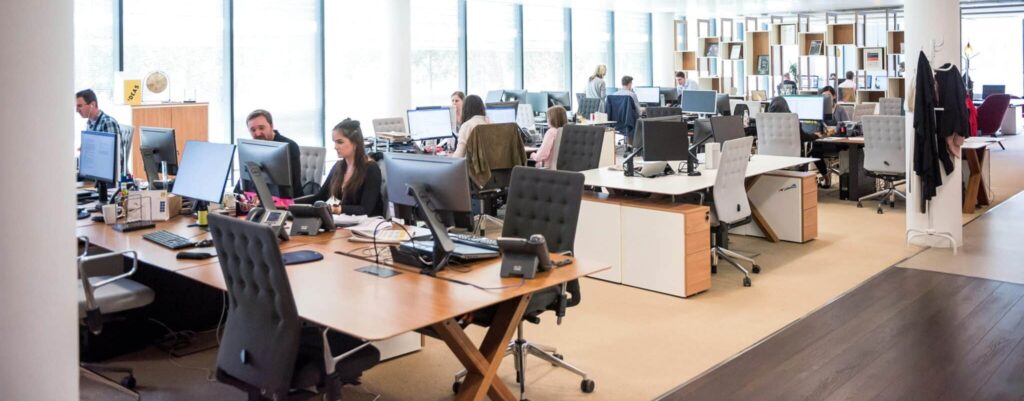How to Plan Around Telecommuters and Regional Offices


Planning your workplace’s operations when dealing with a remote workforce or regional campuses can be difficult. There are time zones, security concerns and other constraints that need to be accounted for so that productivity won’t be affected. To maintain team coordination, facility managers can keep the following practices in mind.
Establish strong security measures

Telecommuters who work in spaces outside of their home and office are more vulnerable to specific security threats like unprotected Wi-Fi networks and hardware theft. Managers can mitigate these risks by encrypting work devices, such as phones and laptops, and outlining what constitutes sensitive information that should only be sent via a secure Internet connection.
In case of lost or stolen company property, managers can employ security software to remotely locate or wipe mobile devices.
To reduce the amount of sensitive data hosted locally on an employee’s computer, teams can use cloud-based services like Google Drive and Dropbox. However, keep in mind that storage limitations can be an issue if you work with media or uncompressed data, which often yields large file sizes.
Communicate time guidelines

Clear time guidelines are crucial for teams who work in different time zones. Managers can help avoid confusion and delays by either choosing one time standard, such as Coordinated Universal Time (UTC), or including appropriate time zone abbreviations in communications. FMs should also be aware of the quirks that come with Daylight Savings, which isn’t recognized in every country.
To address the time zone problem, you can schedule meetings through online tools like Google Calendar, which can account for time differences.
It’s also crucial to consider availability—managers and remote workers need to establish appropriate hours to discuss projects. While employees should be accountable for delivering quality work on time, they might feel overwhelmed if they’re expected to be available online 24/7. Just like in-office staff, remote workers require breaks in order to remain effective at their jobs.
Set up collaboration tools

Collaboration can be difficult when face-to-face communication isn’t involved, especially in large organizations where information has to move across many different groups. Using online collaboration tools can help teams complete deliverables together in real time. For instance, screen sharing and cloud-based office suites allow employees to conduct project meetings and share feedback with ease.
Gather employee input

Unorthodox work hours and limited resource availability are just a few of the issues that a distributed team faces, and policies that don’t take these nuances into account can lead to employees feeling alienated.
Managers should seek input from remote workers before determining their processes and schedules.
Doing so helps to create more adaptable policies, which can ultimately lead to a more comfortable and efficient team across borders.
Coordinating employees who work in different regions requires careful attention to detail and an understanding of the challenges that remote workers face. Facility managers who can combine accommodating work policies with effective collaborative tools will help their teams feel more connected and be more productive.
Photos: Blake Wisz, TheDigitalWay, negativespace.co, tranmautritam, Freestocks.org



